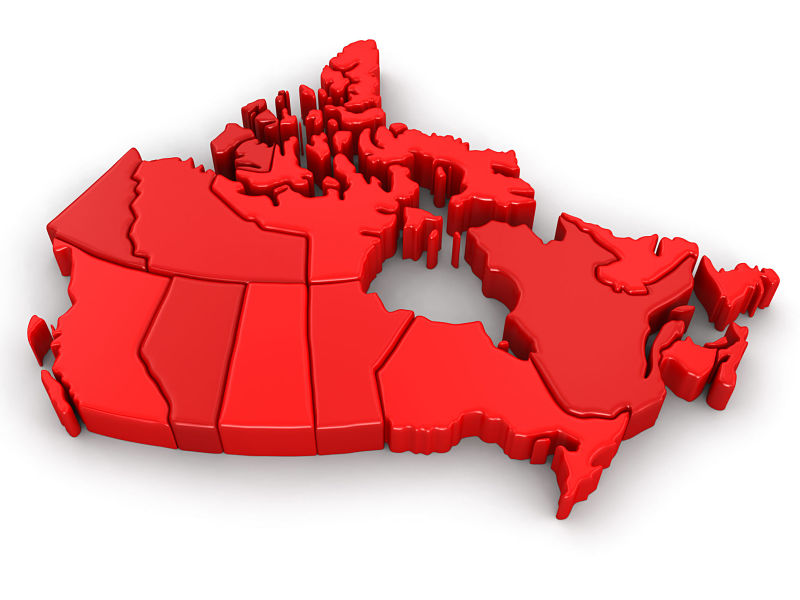
This year’s provincial budgets included few major tax announcements, with governments choosing to leave their regimes largely intact. No jurisdiction raised personal or corporate tax rates, and Prince Edward Island was the only province to propose cutting personal rates. Other announcements, however, still may affect your clients’ taxes.
Here are six changes you may have missed:
Nova Scotia: Indexing
As of 2025, Nova Scotia will index its tax brackets.
Nova Scotia has not indexed its tax brackets since 2000. If the top threshold of the lowest bracket, $29,590, had been indexed since 2000, it would be $50,607 today, said Keith MacIntyre, partner with Grant Thornton LLP in Halifax.
The province also pledged to index its basic personal amount (BPA) — the amount an individual can earn without owing any taxes — as well as its spousal amount, age amount and some dependant amounts. MacIntyre said this move will have an even greater effect on underprivileged people than the bracket decision will.
“Why is someone who makes as little as $16,000 paying tax in Nova Scotia and not paying tax in [many] other jurisdictions?” he asked. Nova Scotia’s BPA is $8,481 for 2024 and the lowest in Canada; Alberta’s is the highest at $21,885.
MacIntyre applauded Nova Scotia’s decision, but said he would have preferred the government raise its BPA and bracket thresholds to account for the 25 years it hasn’t been indexing.
“If inflation is such a big issue in this country, then how can governments not impose [indexing] on their own brackets?” he said. “You can’t just start with inflation [25] years after the fact.”
Nova Scotia’s move will leave P.E.I. as the only province not indexing its brackets. P.E.I.’s brackets have not been indexed since 2008.
Nova Scotia’s budget bill received royal assent on April 5.
Prince Edward Island: Tax cuts
P.E.I. proposed reducing its personal tax rates while also raising the thresholds for its first three brackets. The province also increased its BPA to $14,250 for 2025 from $13,500 for 2024, and upped its spousal, age and low-income tax-reduction amounts.
P.E.I.’s lowest tax rate will be 9.5% in 2025, down from 9.65% in 2024, and its highest will be 19%, up from 18.75%. The province’s highest rate continues to apply on income over $140,000, while the lowest rate applies up to $33,328 in 2025, up from $32,656 in 2024.
MacIntyre applauded P.E.I.’s changes, but stressed that indexation could significantly help lower-income Islanders. “If they can’t [index] across the board, at least do it for the lower brackets,” he said.
Alberta: New bracket
Alberta has proposed a new personal income tax bracket for income up to $60,000. Income in that bracket will be taxed at 9% in 2026 and 8% in 2027. However, this new bracket will be enacted only if the province can maintain a balanced budget.
For 2024, Alberta’s lowest bracket is for income up to $148,269, and is taxed at 10%. Its highest bracket is for income of $355,845.01 and more, and is taxed at 15%.
Manitoba: BPA clawback
Manitoba will begin clawing back its BPA in 2025 for people with net income above $200,000. The province’s BPA has been indexed since 2017 and is $15,780 for 2024.
In 2023, Manitoba’s previous government raised the BPA to $15,000 from $10,145.
Saskatchewan: Small business rate held over
The province extended its small business tax rate of 1% to June 30, 2025. The rate had been scheduled to rise to 2% on July 1, 2024, but will increase a year later instead. The Saskatchewan government temporarily eliminated its small business rate from Oct. 1, 2020, to July 1, 2023, in response to the pandemic, and is gradually restoring it.
Saskatchewan’s small business rate applies to the first $600,000 of income, which is the highest threshold in Canada. All other provinces and territories have a $500,000 threshold.
Newfoundland and Labrador: Lower rate for small businesses
The Rock proposed dropping its tax rate for small businesses to 2.5% from 3% as of Jan. 1 of this year. That rate applies on the first $500,000 of active business income.
This article appears in the May issue of Investment Executive. Subscribe to the print edition, read the digital edition or read the articles online.
Uncooperative co-executor passed over by court
Case illustrates the risks of appointing multiple executors